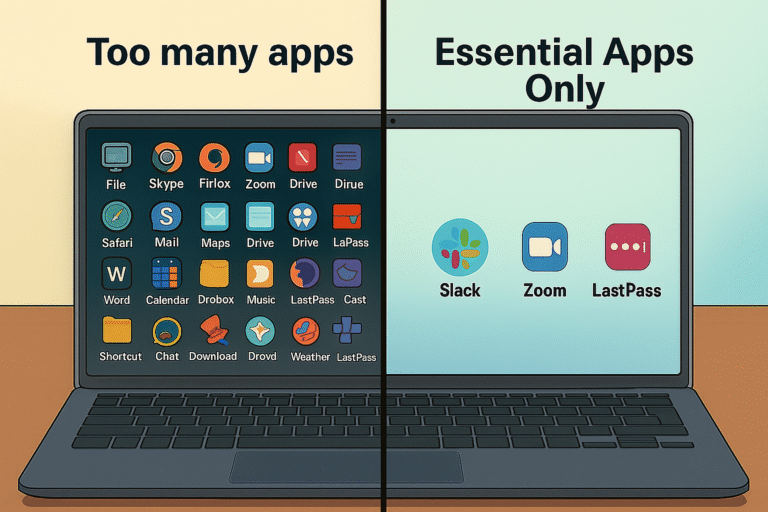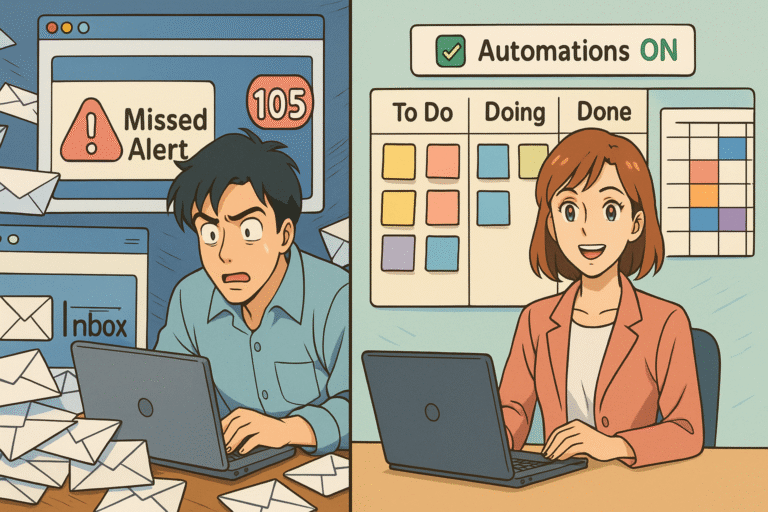Remote Work Revolution: 4 Steps to Build a Life-Changing Routine
Remote work has rewritten the rules of productivity: a growing majority of professionals refuse to sacrifice life for rigid hours. The question isn’t whether remote work is possible: it’s how to design a schedule where life comes first and work supports it.

Why flexibility is the future of work
For digital nomads, freelancers, and remote employees alike, flexibility is the top currency. Research indicates that workers who design schedules around personal needs report higher productivity and job satisfaction.
Design your life‑first schedule: 4 practical steps
Step 1: Map personal priorities and energy peaks
- List your life priorities: family time, exercise, travel, hobbies, volunteering.
- Track your energy levels: note when you feel sharpest and when you dip.
- Align tasks accordingly: schedule deep work during high‑energy times; place admin tasks in low‑energy windows.
Step 2: Build work blocks around your life
- Morning priority: exercise and family breakfast.
- Late‑morning block: deep focus for top priorities.
- Afternoon flex: meetings, email catch‑up, collaboration.
- Evening block: wrap‑up, journaling, creative brainstorming.
Step 3: Use boundaries and calendar blocking
- Calendar blocking: color‑code focus vs. flex time; treat personal commitments as non‑negotiable.
- Focus time: distraction‑free deep work hours.
- Flex time: open blocks for interruptions and quick tasks.
- Communication rules: share availability windows and response SLAs with your team.
Step 4: Leverage tools and templates
- Google Calendar: block focus and flex windows.
- Notion or Trello: align tasks to priorities.
- RescueTime or Toggl: analyze time use.
- Focus@Will or Brain.fm: soundtrack deep focus sessions.
- Templates: grab our daily and weekly schedule templates to kickstart your flow.
Why a life‑first schedule boosts productivity
- Higher productivity: energy‑aligned tasks yield better results.
- Job satisfaction: work feels meaningful when it supports life.
- Well‑being: reduced burnout and improved mental health.
- Retention: teams that enable flexibility keep top talent longer.
Your time is your most valuable resource: design your week to live fully while excelling professionally.
Focus vs. Flex
Focus blocks: deep work, ships outcomes. Flex blocks: comms, admin, support.
Life Before Work
Schedule non‑work pillars first — health, family, learning — then fit work around them.
Energy‑Aligned Tasks
Do cognitively heavy tasks during peak energy; automate or batch the rest.
Final thoughts
Remote work is an opportunity to rewrite the script: don’t fit life around work: fit work around life. With clear priorities, smart boundaries, and the right tools, you’ll build a schedule that supports both productivity and joy.







